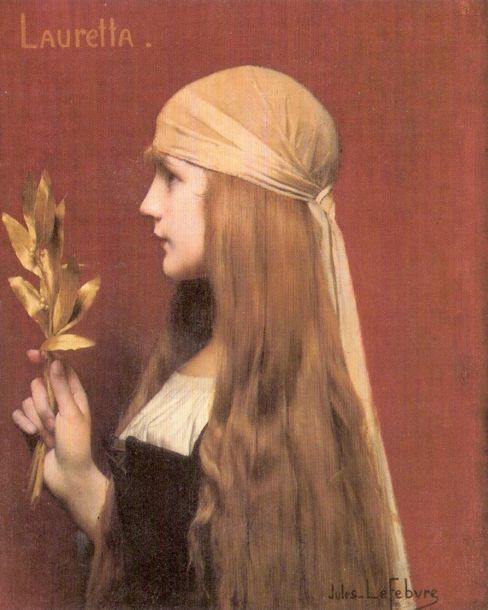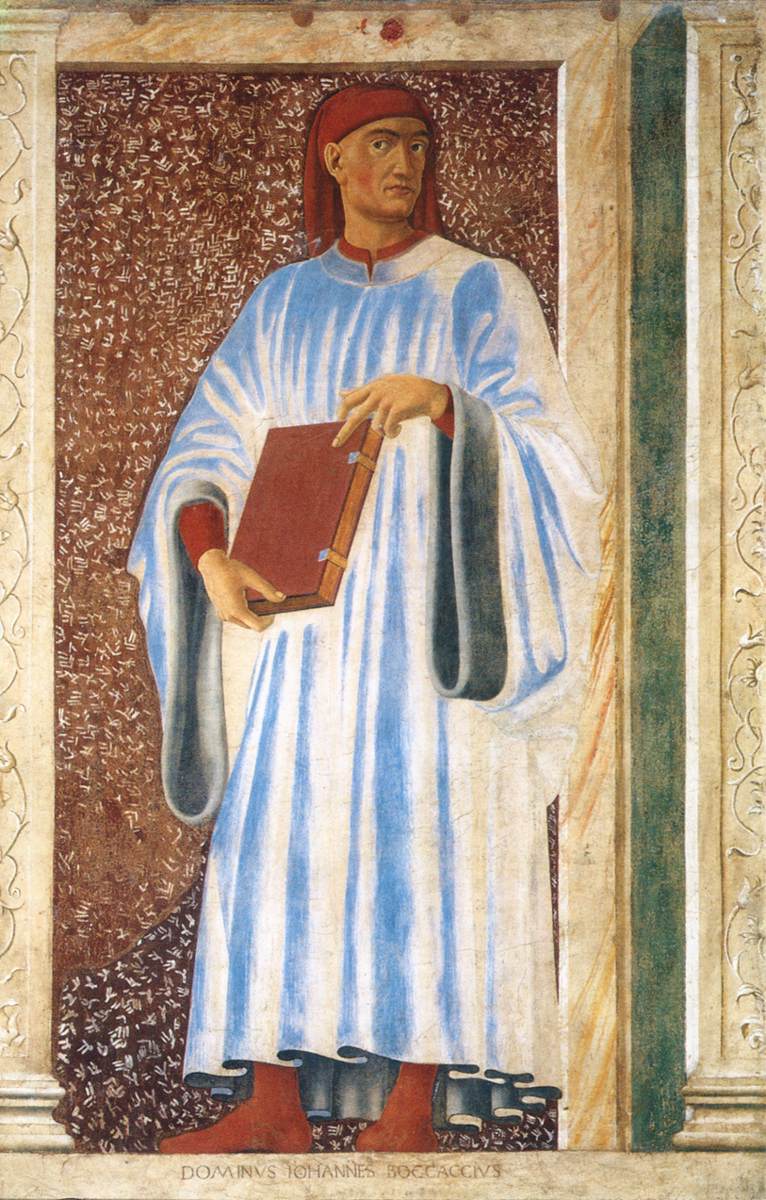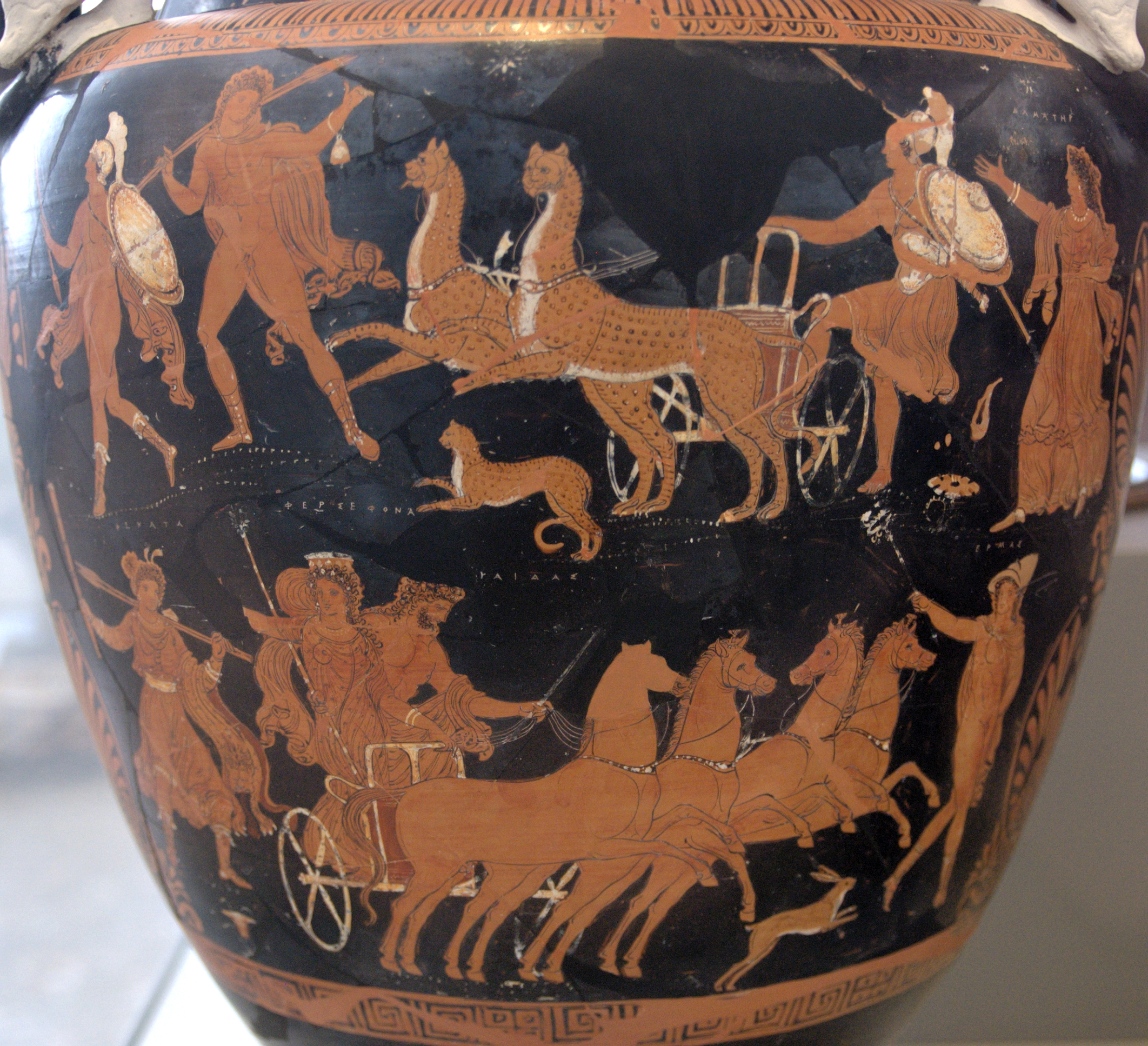|
Third Circle Of Hell
The third circle of hell is depicted in Dante Alighieri's ''Inferno (Dante), Inferno'', the first part of the 14th-century poem ''Divine Comedy''. ''Inferno'' tells the story of Dante's journey through a vision of the Hell in Christianity, Christian hell ordered into nine circles corresponding to classifications of sin; the third circle represents the sin of gluttony, where the souls of the gluttonous are punished in a realm of icy mud. Within the third circle, Dante encounters a man named Ciacco, with whom he discusses the contemporary strife between the Guelphs and Ghibellines in Florence; the circle is also inhabited by the three-headed hound Cerberus, who torments sinners by rending them apart. Rather than focussing on the ''contrapasso'' punishment of the damned, Dante's depiction of the third circle of hell uses the figure of Ciacco—whose historicity is disputed—to explore the politics of Florence, which had previously led to the author being exiled from the city und ... [...More Info...] [...Related Items...] OR: [Wikipedia] [Google] [Baidu] |
Stradano Inferno Canto 06
Johannes Stradanus (Dutch ''Jan van der Straet'' or Italian ''Giovanni Stradano'';More name variations: Johannes Stradanus, Giovanni della Strada, Johannes della Strada, Giovanni Stradano, Johannes Stradano, Giovanni Stradanus, Johannes Stradanus, Jan van Straeten, Jan van Straten Jan van der Straet at the Netherlands Institute for Art History De liggeren en andere historische archieven der Antwerpsche sint Lucasgilde van 1453–1615 edited and published by Ph. Rombouts and Th. van Lerius, Antwerp, 1872–1876, p. 153 1523 – 2 November 1605) was a Flemish artist active mainly in 16th-century Florence, ... [...More Info...] [...Related Items...] OR: [Wikipedia] [Google] [Baidu] |
Second Circle Of Hell
The second circle of hell is depicted in Dante Alighieri's 14th-century poem ''Inferno (Dante), Inferno'', the first part of the ''Divine Comedy''. ''Inferno'' tells the story of Dante's journey through a vision of the Hell in Christianity, Christian hell ordered into nine circles corresponding to classifications of sin; the second circle represents the sin of lust, where the lustful are punished by being buffeted within an endless tempest. The circle of lust introduces Dante's depiction of King Minos, the judge of hell; this portrayal derives from the role of Minos in the Greek underworld in the works of Virgil and Homer. Dante also depicts a number of historical and mythological figures within the second circle, although chief among these are Francesca da Rimini and Paolo Malatesta, murdered lovers whose story was well-known in Dante's time. Malatesta and da Rimini have since been the focus of academic interpretation and the inspiration for other works of art. Punishment of t ... [...More Info...] [...Related Items...] OR: [Wikipedia] [Google] [Baidu] |
Boniface VIII
Pope Boniface VIII (; born Benedetto Caetani; – 11 October 1303) was head of the Catholic Church and ruler of the Papal States from 24 December 1294 until his death in 1303. The Caetani family was of baronial origin with connections to the papacy. He succeeded Pope Celestine V, who had abdicated from the papal throne. Boniface spent his early pontificate abroad in diplomatic roles. Boniface VIII put forward some of the strongest claims of any pope to temporal as well as spiritual power. He involved himself often with foreign affairs, including in France, Sicily, Italy, and the First War of Scottish Independence. These views, and his chronic intervention in temporal affairs, led to many bitter quarrels with Albert I of Germany, Philip IV of France, and Dante Alighieri, who expected the pope to soon arrive at the eighth circle of Hell in his ''Divine Comedy'', among the simoniacs. Boniface systematized canon law by collecting it in a new volume, the ''Liber Sextus'' (1298 ... [...More Info...] [...Related Items...] OR: [Wikipedia] [Google] [Baidu] |
Holy Roman Emperor
The Holy Roman Emperor, originally and officially the Emperor of the Romans (other), Emperor of the Romans (; ) during the Middle Ages, and also known as the Roman-German Emperor since the early modern period (; ), was the ruler and head of state of the Holy Roman Empire. The title was held in conjunction with the title of King of Italy#Kingdom of Italy (781–962), King of Italy (''Rex Italiae'') from the 8th to the 16th century, and, almost without interruption, with the title of King of Germany (''Rex Teutonicorum'', ) throughout the 12th to 18th centuries. The Holy Roman Emperor title provided the highest prestige among Christianity in the Middle Ages, medieval Catholic monarchs, because the empire was considered by the Catholic Church to be Translatio imperii, the only successor of the Roman Empire during the Middle Ages and the early modern period. Thus, in theory and diplomacy, the emperors were considered first among equalsamong other Catholic monarchs across E ... [...More Info...] [...Related Items...] OR: [Wikipedia] [Google] [Baidu] |
Trial In Absentia
Trial in absentia is a criminal proceeding in a court of law in which the person being tried is not present. is Latin for "in (the) absence". Its interpretation varies by jurisdiction and legal system. In common law legal systems, the phrase is more than a spatial description. In these systems, it suggests a recognition of a violation of a defendant's right to be present in court proceedings in a criminal trial. Conviction in a trial in which a defendant is not present to answer the charges is held to be a violation of natural justice. Specifically, it violates the second principles of natural justice, principle of natural justice, (hear the other party). In some Civil law (legal system), civil law legal systems, such as that of Italy, is a recognized and accepted defense strategy. Such trials may require the presence of the defendant's lawyer, depending on the country. Europe Member states of the Council of Europe that are party to the European Convention on Human Rights ... [...More Info...] [...Related Items...] OR: [Wikipedia] [Google] [Baidu] |
The Decameron
''The Decameron'' (; or ''Decamerone'' ), subtitled ''Prince Galehaut'' (Old ) and sometimes nicknamed ''l'Umana commedia'' ("the Human Comedy (drama), comedy", as it was Boccaccio that dubbed Dante Alighieri's ''Divine Comedy, Comedy'' "''Divine''"), is a collection of Short story, short stories by the 14th-century Italian author Giovanni Boccaccio (1313–1375). The book is structured as a frame story containing 100 tales told by a group of seven young women and three young men; they shelter in a secluded villa just outside Florence in order to escape the Black Death, which was afflicting the city. The epidemic is likely what Boccaccio used for the basis of the book which was thought to be written between 1348–1353. The various tales of love in ''The Decameron'' range from the Erotic literature, erotic to the Tragedy, tragic. Tales of wit, practical jokes, and life lessons also contribute to the mosaic. In addition to its literary value and widespread influence (for examp ... [...More Info...] [...Related Items...] OR: [Wikipedia] [Google] [Baidu] |
Giovanni Boccaccio
Giovanni Boccaccio ( , ; ; 16 June 1313 – 21 December 1375) was an Italian people, Italian writer, poet, correspondent of Petrarch, and an important Renaissance humanism, Renaissance humanist. Born in the town of Certaldo, he became so well known as a writer that he was sometimes simply known as "the Certaldese" and one of the most important figures in the European literary panorama of the 14th century, fourteenth century. Some scholars (including Vittore Branca) define him as the greatest European prose writer of his time, a versatile writer who amalgamated different literary trends and genres, making them converge in original works, thanks to a creative activity exercised under the banner of experimentalism. His most notable works are ''The Decameron'', a collection of short stories, and ''De Mulieribus Claris, On Famous Women''. ''The Decameron'' became a determining element for the Italian literary tradition, especially after Pietro Bembo elevated the Boccaccian styl ... [...More Info...] [...Related Items...] OR: [Wikipedia] [Google] [Baidu] |
Aeneid
The ''Aeneid'' ( ; or ) is a Latin Epic poetry, epic poem that tells the legendary story of Aeneas, a Troy, Trojan who fled the Trojan War#Sack of Troy, fall of Troy and travelled to Italy, where he became the ancestor of the Ancient Rome, Romans. Written by the Roman poet Virgil between 29 and 19 BC, the ''Aeneid'' comprises 9,896 lines in dactylic hexameter. The first six of the poem's twelve books tell the story of Aeneas' wanderings from Troy to Italy, and the poem's second half tells of the Trojans' ultimately victorious war upon the Latins (Italic tribe), Latins, under whose name Aeneas and his Trojan followers are destined to be subsumed. The hero Aeneas was already known to Greco-Roman legend and myth, having been a character in the ''Iliad''. Virgil took the disconnected tales of Aeneas' wanderings, his vague association with the foundation of Ancient Rome, Rome and his description as a personage of no fixed characteristics other than a scrupulous ''pietas'', ... [...More Info...] [...Related Items...] OR: [Wikipedia] [Google] [Baidu] |
Ovid
Publius Ovidius Naso (; 20 March 43 BC – AD 17/18), known in English as Ovid ( ), was a Augustan literature (ancient Rome), Roman poet who lived during the reign of Augustus. He was a younger contemporary of Virgil and Horace, with whom he is often ranked as one of the three Western canon, canonical poets of Latin literature. The Roman Empire, Imperial scholar Quintilian considered him the last of the Latin love elegy, elegists.Quint. ''Inst.'' 10.1.93 Although Ovid enjoyed enormous popularity during his lifetime, the emperor Augustus Exile of Ovid, exiled him to Constanța, Tomis, the capital of the newly-organised province of Moesia, on the Black Sea, where he remained for the last nine or ten years of his life. Ovid himself attributed his banishment to a "poem and a mistake", but his reluctance to disclose specifics has resulted in much speculation among scholars. Ovid is most famous for the ''Metamorphoses'', a continuous mythological narrative in fifteen books written in ... [...More Info...] [...Related Items...] OR: [Wikipedia] [Google] [Baidu] |
Greek Underworld
In Greek mythology, the underworld or Hades () is a distinct realm (one of the three realms that make up the cosmos) where an individual goes after death. The earliest idea of afterlife in Greek myth is that, at the moment of death, an individual's essence (''psyche'') is separated from the corpse and transported to the underworld. In early mythology (e.g., Homer's ''Iliad'' and ''Odyssey'') the dead were indiscriminately grouped together and led a shadowy post-existence; however, in later mythology (e.g., Platonism, Platonic philosophy) elements of post-mortem judgment began to emerge with good and bad people being separated (both spatially and with regards to treatment). The underworld itself—commonly referred to as Hades, after its Hades, patron god, but also known by various metonyms—is described as being located at the periphery of the earth, either associated with the outer limits of the ocean (i.e., ''Oceanus'', again also a god) or beneath the earth. Darkness and a l ... [...More Info...] [...Related Items...] OR: [Wikipedia] [Google] [Baidu] |
Minos
Main injector neutrino oscillation search (MINOS) was a particle physics experiment designed to study the phenomena of neutrino oscillations, first discovered by a Super-Kamiokande (Super-K) experiment in 1998. Neutrinos produced by the NuMI ("Neutrinos at Main Injector") beamline at Fermilab near Chicago are observed at two detectors, one very close to where the beam is produced (the ''near detector''), and another much larger detector 735 km away in northern Minnesota (the ''far detector''). The MINOS experiment started detecting neutrinos from the NuMI beam in February 2005. On 30 March 2006, the MINOS collaboration announced that the analysis of the initial data, collected in 2005, is consistent with neutrino oscillations, with the oscillation parameters which are consistent with Super-K measurements. MINOS received the last neutrinos from the NUMI beam line at midnight on 30 April 2012. It was upgraded to MINOS+ which started taking data in 2013. The experiment w ... [...More Info...] [...Related Items...] OR: [Wikipedia] [Google] [Baidu] |










